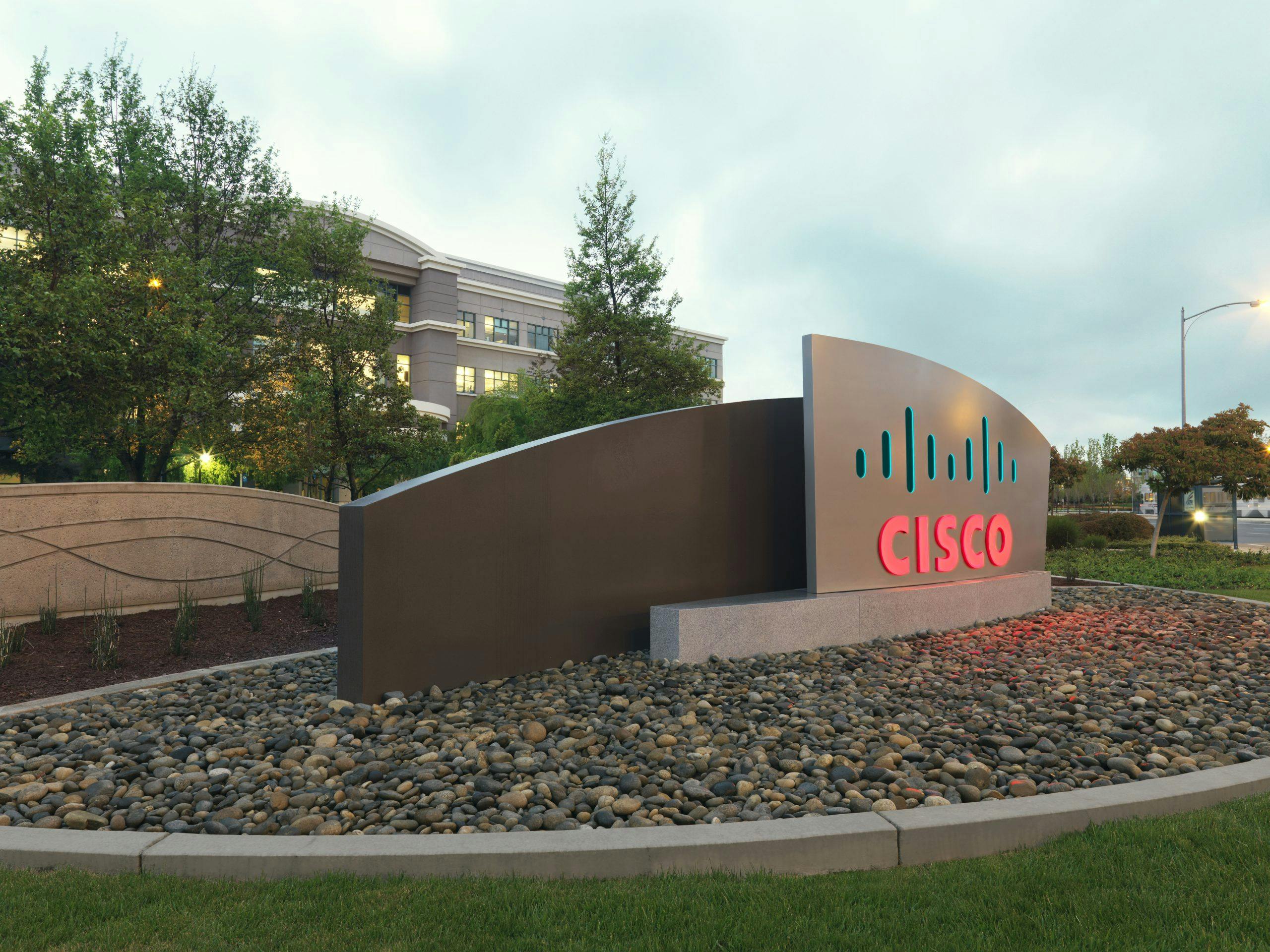As consumers, we’ve come to expect that when we want something, we can get it. Whether that’s a taxi, a grocery delivery, or your favorite ice cream delivered to your door. The concept of “on demand” is no longer a luxury, it’s an expectation. Naturally, that expectation is now bleeding into the professional world. People are expecting their jobs and careers to give them flexibility, choice and the same on-demand service they receive at home. The problem is, that’s completely counter-intuitive to how global organizations have been structured for the last 10, 20, 60 years.
With more of the global workforce moving toward the “gig” model, we as HR leaders are at a cross-roads. We either find ways to create a pseudo-gig economy within our own four walls, or risk losing out on some of the best and brightest talent. I personally find this to be an incredibly exciting time for us, and see two key concepts that global organizations should take from the gig economy:
The Ability to Work Wherever — Whenever
One draw of the gig economy is the re-imagination of the 40-hour, 9-5 work week. Instead of standard eight-hour days, picking up work on an as-needed basis allows people to manage projects on their own terms. Lifehack.org recently asked members of The Young Entrepreneur Council what time of day they found to be most productive for them, and the results varied immensely. The responders’ answers ranged from 5 a.m. to 2 a.m.; the definition of a workday is not one-size-fits-all.
Companies should think about this new version of flexibility. By supplying employees with the right technology and resources, you’re giving them the ability to work how, when, and where they want. As an example, we’re using our tools (like IP phones, WebEx, TelePresence, and Virtual Office) for employees to collaborate, and to work remotely. This isn’t just about creating a workplace in the comfort of their own home or the local coffee shop, but rather getting the most out of people based on where and when they best work, per studies like the one above.
Making a Career More Than One Path
Someone may accept a defined role, but that doesn’t mean that they don’t have other skills they’d like to grow. This could be the driving force behind a new finding that, on average, millennials will switch jobs four times in their first decade after college. In contrast, 41 percent of America’s baby boomers reported staying with a single employer for more than 20 years, and 18 percent more than 30 years. People aren’t developing careers like they used to, and it’s challenging companies to think differently about how they operate their business.
Think of it this way; the gig economy opens the door to variety. It allows people to take on projects that require different skill sets or to work in a different team environment. Most companies aren’t structured for that level of flexibility, but they can be. At Cisco, we’ve addressed this through our “one company, many careers” approach. We’re taking a critical look at our employee base and identifying the unique skills that each person possesses — regardless of whether or not these skills fall into the realm of their “day job.” That information is then made available in our Talent Marketplace, which allows individuals to find short term “stretch assignments,” or longer term rotation assignments aligned to their interests. In essence, we’re creating an on-demand database within Cisco’s four walls.
Change is daunting and the introduction of an on-demand workforce model is a dramatic change for all of us. I encourage everyone to think of it as an opportunity to inspire change, to think differently about the way we engage talent, and to foster the same culture that’s inherent to the on-demand workforce. If you do this, you will retain your current talent and create an experience that attracts a new generation of talent to your company.
